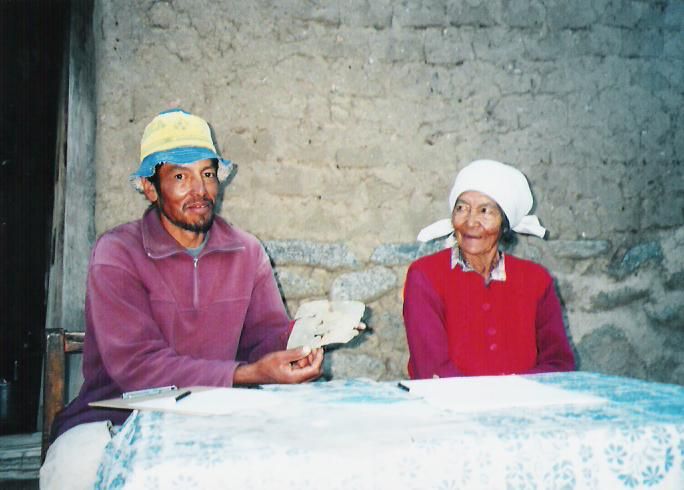Ancient Mask Challenges Theories on Origin of Metalworking in South America
The 3,000-year-old mask found in Argentina suggests that advanced metallurgy may not have been born in Peru
/https://tf-cmsv2-smithsonianmag-media.s3.amazonaws.com/filer/3f/a0/3fa0d4dc-131c-4863-931a-b817f3af2fba/mask_photo_mcalo.jpg)
Back in 2005, after the summer rains had passed, residents of a small village in Argentina noticed a cluster of human bones sticking out from the ground. Nestled among the bones was another remarkable find: a crude copper mask, punctured with holes for the eyes, nose, and mouth.
As Megan Gannon reports for Mental Floss, testing of the mask revealed that it was crafted some 3,000 years ago, making it one of the oldest metal objects ever found in South America. But the discovery is particularly intriguing because it challenges the theory that metalworking on the continent originated in Peru.
A paper detailing the find was recently published in the journal Antiquity. According to the authors of the study, an archaeological excavation revealed that the bones spotted by the villagers belonged to 14 individuals buried in a mass grave. Some of those bodies were tinged green—“the characteristic … color of copper carbonate,” the authors note—suggesting that the mask had been buried with the remains as part of a funeral ceremony.

Measuring about seven inches high and six inches wide, the mask is perforated with nine small holes, which may indicate that it was fastened to the face by weaving thread or another material through the holes. It is also possible that the mask belonged to a larger display, the remains of which were not found. To make the object, the copper was alternately hammered and annealed—a process of heating metal and allowing it to cool slowly.
As George Dvorsky writes in Gizmodo, the excavation site is located near Bordo Marcial, an early agricultural village that dates to approximately 1900 years ago. But the mask is about 1000 years older than the settlement. It was placed in the ground during a formative time for the region, when hunter-gatherers began to transition to a more settled agricultural existence. Earlier evidence of metalwork has been found in South America, but unlike the mask, these metal objects were not shaped into a recognizable human form.
The authors of the study consequently posit that Argentina was “an important place for early experimentation with metals.” This conclusion adds complexity to the notion that metalworking in South America was born in Peru, a theory commonly upheld by experts in the field.
Granted, Peru has been something of a hotbed for ancient metal finds. As Mindy Weisberger points out in Live Science, archaeologists working in the country have unearthed 4,000-year-old gold artifacts, bronze objects dating to 1000 A.D., and other trace metals from the days before the Incas. But the discovery of the copper mask suggests that there is more than one place of origin for advanced metallurgy in South America. As the craft of metalworking was emerging in Peru, populations in Argentina may have also been busy hammering away.
